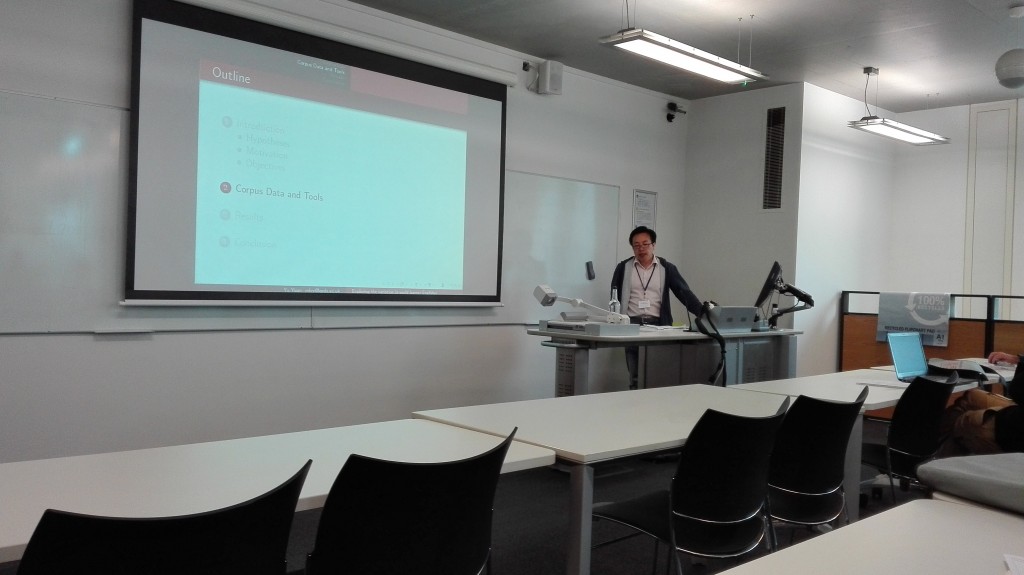Edited by Marcus Callies and Sandra Götz
University of Bremen / Justus Liebig University, Giessen
ISBN 9789027203786
The aim of
this volume is to highlight the benefits and potential of using learner corpora for the testing and assessment of L2 proficiency in both speaking and writing, reflecting the growing importance of learner corpora in applied linguistics and second language acquisition research. Identifying several desiderata for future research and practice, the volume presents a selection of original studies, covering a variety of different languages. It features studies that present very thoroughly compiled new corpus resources which are tailor-made and ready for analysis in LTA, new tools for the automatic assessment of proficiency levels, and new methods of (self-)assessment with the help of learner corpora. Other studies suggest innovative research methodologies of how proficiency can be operationalized through learner corpus data. The volume is of particular interest to researchers in (applied) corpus linguistics, learner corpus research, language testing and assessment, as well as for materials developers and language teachers.
Learner corpora in language testing and assessment: Prospects and challenges
Marcus Callies and Sandra Götz
1 – 10
New corpus resources, tools and methods. The Marburg Corpus of Intermediate Learner English (MILE)
Rolf Kreyer
13 – 34
Avalingua : Natural language processing for automatic error detection
Pablo Gamallo Otero, Marcos Garcia, Iria del Río and Isaac González López
35 – 58
Data commentary in science writing: Using a small, specialized corpus for formative self-assessment practices
Lene Nordrum and Andreas Eriksson
59 – 84
First steps in assigning proficiency to texts in a learner corpus of computer-mediated communication
Tim Marchand and Sumie Akutsu
85 – 112
Data-driven approaches to the assessment of proficiency
The English Vocabulary Profile as a benchmark for assigning levels to learner corpus data
Agnieszka Lenko-Szymanska
115 – 140
A multidimensional analysis of learner language during story reconstruction in interviews
Pascual Pérez-Paredes and María Sánchez-Tornel
141 – 162
Article use and criterial features in Spanish EFL writing: A pilot study from CEFR A2 to B2 levels
María Belén Díez-Bedmar
163 – 190
Tense and aspect errors in spoken learner English: Implications for language testing and assessment
Sandra Götz
191 – 216




